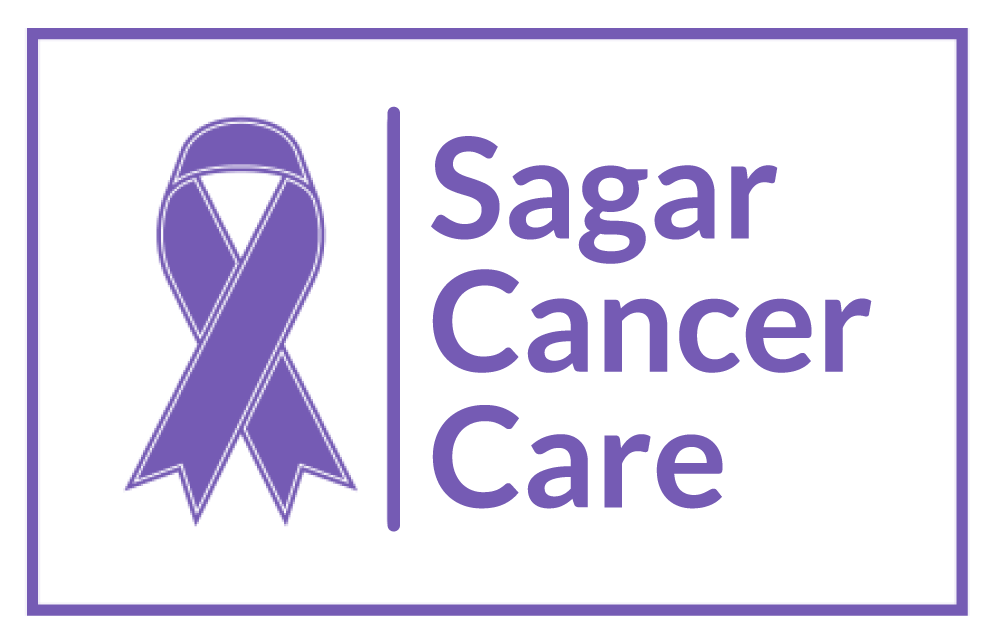Soft tissue sarcoma can be a daunting diagnosis due to its impact on the human body. It affects connective tissues like fat, muscles, nerves, and blood vessels. While some soft tissue neoplasms are benign, others can be malignant. Early awareness can help, since catching it early increases treatment options and survival rates.
Understanding the pathophysiology of soft tissue sarcoma highlights why awareness is vital. Knowledge empowers individuals to seek timely medical advice and enhances treatment success. This blog dives into its symptoms, causes, available treatments, and ways for holistic recovery.
What is Soft Tissue Sarcoma?
Soft tissue sarcoma is a rare group of cancers originating in the body’s soft tissues. These tissues include muscles, tendons, fat, blood vessels, lymph vessels, nerves, and connective tissues. Often, these tumors are simply described as a soft tissue mass when they’re detected.
Distinguishing different types of sarcomas is essential. For instance, myxoid liposarcoma pathology outlines depict it as a particular cancer that affects fat cells. Alveolar soft part sarcoma pathology often refers to patterns related to blood vessel formations. Synovial sarcoma manifests near the joints, especially in soft tissue sarcomas of the forearm or knee.
Common soft tissue neoplasms often affect the arms, legs, and trunk. However, they can surface anywhere in the body. The most common soft tissue sarcoma sites include the extremities, trunk, and retroperitoneum (the back of the abdominal cavity). While soft tissue sarcoma cancer in dogs can occur, this article focuses on human manifestations.
Epithelioid sarcomas and pleomorphic sarcoma are more specialized types. They differ in cellular makeup and tissue origin. Bone and soft tissue sarcoma should also not mistakenly be classified with bone cancers alone, as the difficulty can lie in different soft tissues around bones.
Recognizing Symptoms of Soft Tissue Sarcoma
Early detection is crucial when addressing soft sarcoma tissue challenges. Here are some warning signs:
- A painless lump or swelling in tissues beneath the skin, often on the arm or leg.
- Unexplained weight loss.
- Fatigue unrelated to daily activities.
Symptoms indicative of advanced-stage sarcoma include:
- Noticeable change in a soft tumor tissue size.
- Pain or discomfort as the tumor presses on nerves or muscles.
Advanced conditions can significantly affect mobility, especially if a tumor grows in soft tissue leg or arm. Swift medical consultation is crucial if experiencing these symptoms.
Causes and Risk Factors of Soft Tissue Sarcoma
Soft tissue sarcoma causes remain largely unknown, though several factors may elevate risk. Lifestyle factors such as exposure to chemicals or radiation have shown connections in some studies.
Moreover, genetic predispositions and hereditary factors can influence risk, thus a family risk assessment might be advisable. Hereditary conditions like Li-Fraumeni syndrome or neurofibromatosis heighten risk levels. While exposure does not guarantee a soft tissue carcinoma, awareness remains a potent preventive tool.
Understanding personal health history and potential familial impacts can aid in early detection efforts.
Current Treatment Options and Emerging Therapies
For many soft tissue sarcoma patients in India, surgery, radiation, and chemotherapy remain the core treatment options. Surgery aims to remove as much of the cancerous tissue as possible. Radiation often follows surgical intervention to eliminate any remaining cancer cells. Chemotherapy can be used when the sarcoma spreads.
Globally, advancements such as targeted therapies and immunotherapy represent significant progress. Treatments like olaratumab, when combined with chemotherapy, show promise, though they are not yet widely accessible.
Emerging therapies continue evolving, especially with clinical trials worldwide. These breakthroughs might offer increased soft tissue sarcoma treatment success in the future.
Holistic Recovery: Post-Treatment Care and Rehabilitation
Post-treatment care is paramount for recovery. Key steps include:
- Regular Follow-ups: Regular doctor visits ensure the sarcoma has not returned.
- Physical Rehabilitation: Engaging in physiotherapy can help regain strength and flexibility, particularly if affected in an arm or leg.
- Balanced Diet and Nutrition: Support recovery and maintain a healthy weight with nutrient-rich foods.
Lifestyle adjustments boost holistic recovery for bone and soft tissue cancer patients. This includes engaging in low-impact exercises, which can help restore mobility and improve overall mental well-being.
Building a support network around you, with family and cancer survivors, also aids emotional recovery. This holistic approach not only supports physical healing but ensures a stronger state of mind after battling a condition as significant as tissue sarcoma.
Facing symptoms or unsure about a soft tissue lump?
Don’t wait for signs to worsen—early diagnosis is key in managing soft tissue sarcoma effectively. At Sagar Hospital & Cancer Care, our expert oncology team uses advanced diagnostic tools and personalized treatment plans to support your recovery journey from start to finish.
Book your consultation today—because your health deserves precision care.

